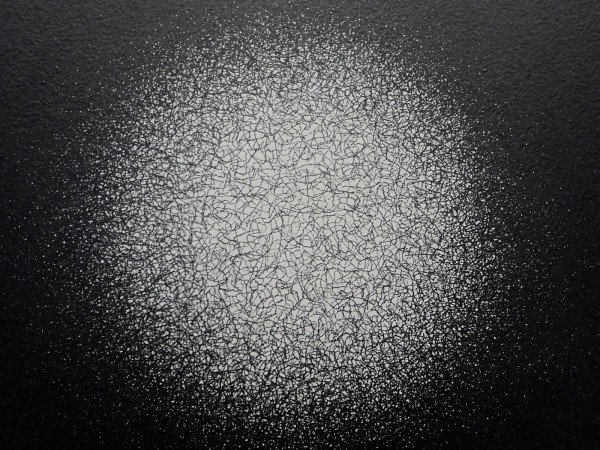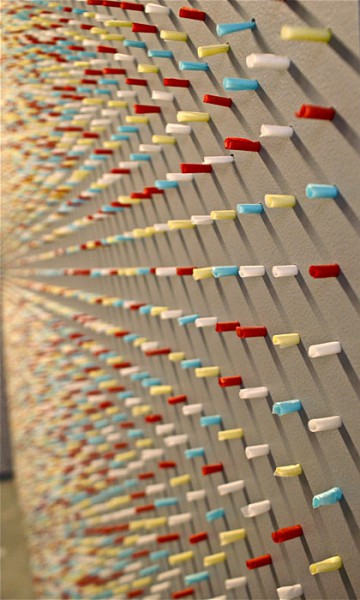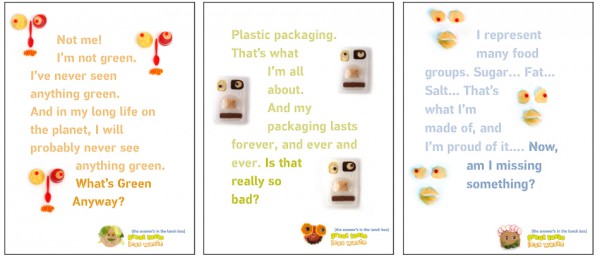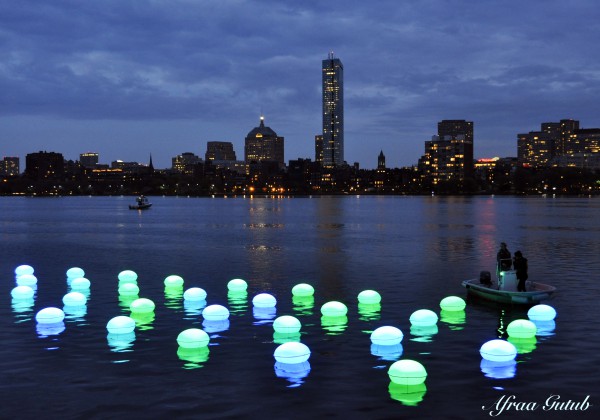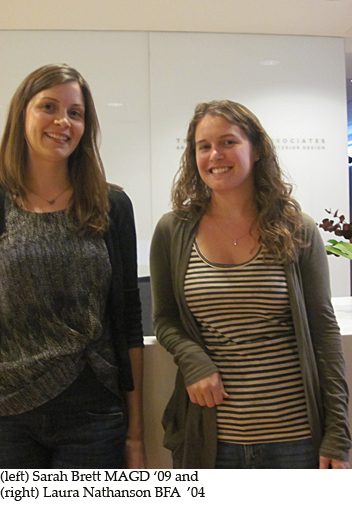The seemingly endless hours of hard work that go into each piece of design are always worth the final product. Stephen Plummer, a graduate student at The New England School of Art and Design at Suffolk University, learned this lesson while working as Editor in Chief at The Bridge, Bridgewater State’s literary journal.
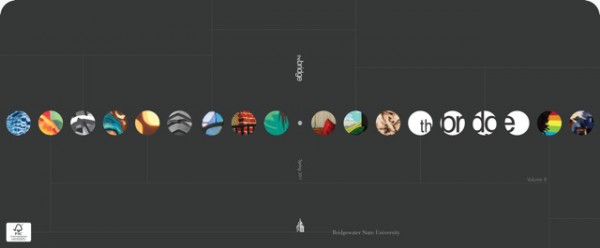

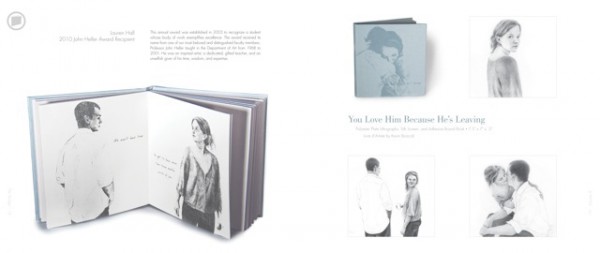
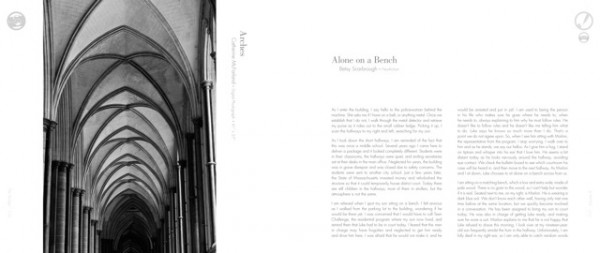 He says, “I developed an appreciation for the finality of publication. Once it’s printed, it’s done, imperfections and all. There are so many nuances to take into consideration (especially when dealing with so much type) that striving to get everything absolutely perfect becomes an enormous task, but ultimately a worthwhile one.”
He says, “I developed an appreciation for the finality of publication. Once it’s printed, it’s done, imperfections and all. There are so many nuances to take into consideration (especially when dealing with so much type) that striving to get everything absolutely perfect becomes an enormous task, but ultimately a worthwhile one.”
And he’s certainly right. Stephen and his fellow team members have been awarded the Pacemaker by the Associated Collegiate Press, a national award considered to be the highest honor given to student publications. Design, content, and layout are the three main components taken into consideration.
As Editor in Chief, Stephen played a crucial role in the design and layout of the journal. With helpful input from the entire group, he designed the cover, navigation icons, and certain portfolio pages. Stephen says his experience with The Bridge has also taught him “an invaluable amount about publication, how to best select and place content, and how to make a book that is a cohesive piece.”
Though journal or magazine design may not be in his future, Stephen is sure that the skills he developed from his experience at The Bridge has prepared him for wherever he ends up.
